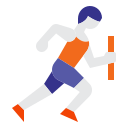
See It, Then Be It: Visualization Techniques for Peak Performance
Selected theme: Visualization Techniques for Peak Performance. Step into a vivid inner theater where clarity, confidence, and deliberate imagery translate into real-world results. Learn practical routines, compelling stories, and science-backed methods—then share your wins and subscribe for weekly drills.
The Science of Seeing Without Sight
Studies show motor and sensory regions activate during vivid visualization, echoing patterns seen in physical practice. This neural overlap strengthens relevant circuits, making execution smoother. Try five minutes daily, then comment on what felt surprisingly effortless afterward.
Emotional arousal can heighten memory consolidation and focus. Pair clear mental scenes with purposeful feelings—calm readiness or competitive fire. Rate your emotion from one to ten, repeat the scene, and note performance shifts in a simple journal.
High-definition imagery recruits more neural detail. Include sound, touch, balance, and even temperature. The more precise your scene, the stronger your rehearsal effect. Share your most compelling sensory detail today, and inspire someone else’s next practice.
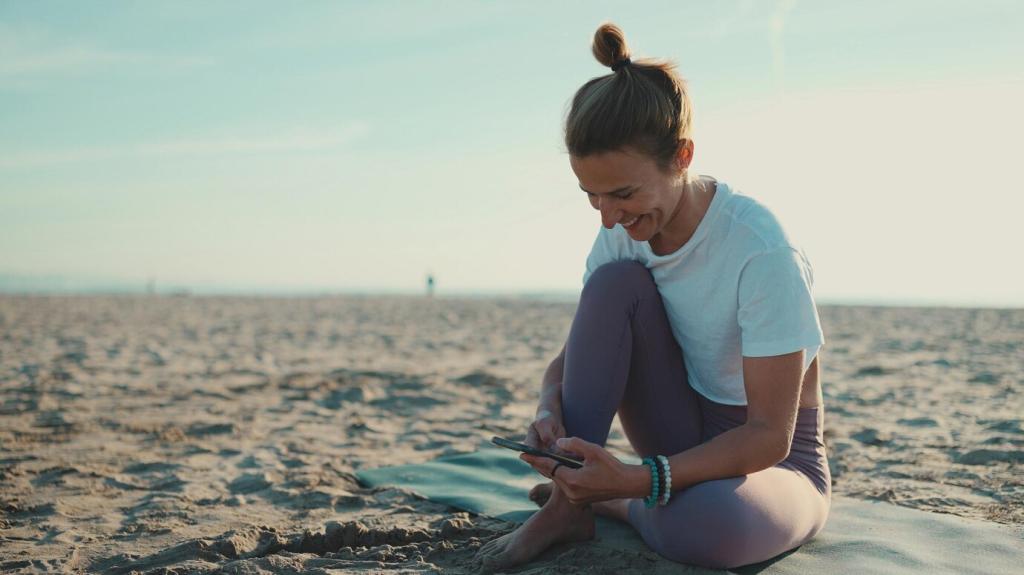
Crafting High-Definition Mental Scenes
First-person imagery boosts feel and timing; third-person supports posture, spacing, and strategy. Combine both: run the move from inside, then evaluate from outside. Comment which perspective improved your confidence most in today’s rehearsal.
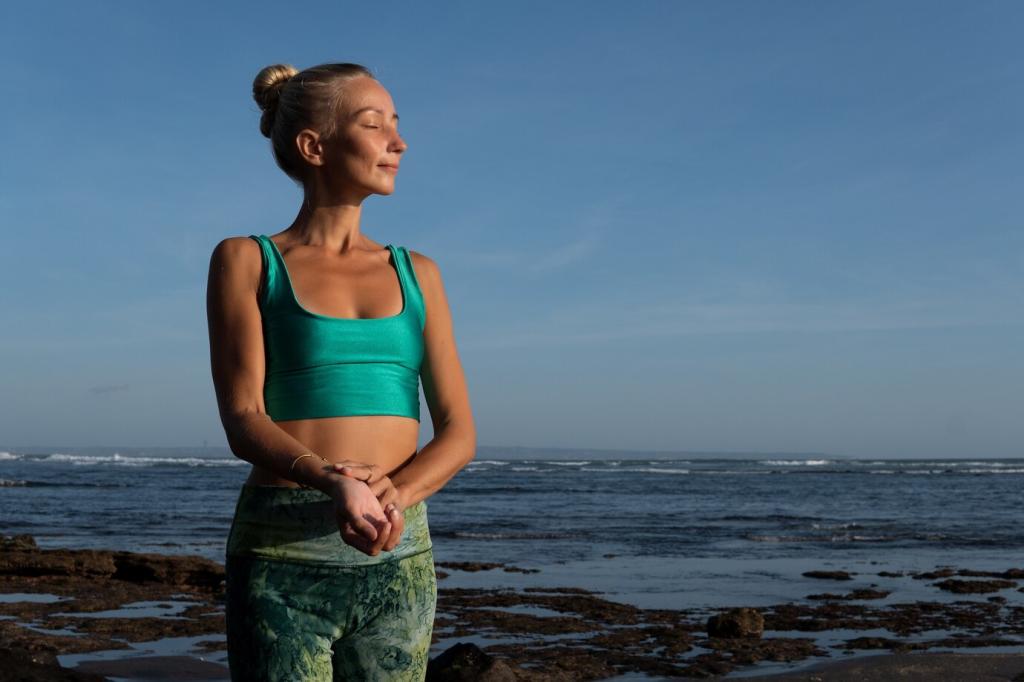
Solving Common Visualization Pitfalls
Start simple: outline, then color, then motion, then sound. Add one layer per session. Vividness grows with repetition, not force. Celebrate small gains publicly by sharing your latest improvement in the comments to encourage beginners.
Stories from the Arena
A weekend runner rehearsed miles twenty to twenty-four daily, feeling late-race fatigue and calm form. On race day, the feared wall never arrived. She negative-split by two minutes. What mile will you rehearse tonight?
Tools, Scripts, and Prompts You Can Use Today
The 5-Sentence Performance Script
Define the moment, the obstacle, the ideal action, the feeling, and the cue word. Read it twice daily. Post your script’s obstacle line below to help others sharpen their own scenes.
Audio Guides and Breath-Paced Timing
Record a two-minute guide in your voice with a slow count and sensory prompts. Breath pacing keeps imagery grounded. Share whether your voice or an external narrator worked better for you this week.
The Visualization Journal Framework
Three columns: scene goal, sensory details, after-action notes. Keep entries short and consistent. At week’s end, summarize patterns and adjust. Invite a friend to journal together and swap one insight every Friday.
Measuring Impact and Iterating Smartly
Capture a starting point: stress rating, error rate, or time-to-execute. Add micro-metrics like pre-action calm or first-move accuracy. Share your baseline metric today; we’ll check back in two weeks together.
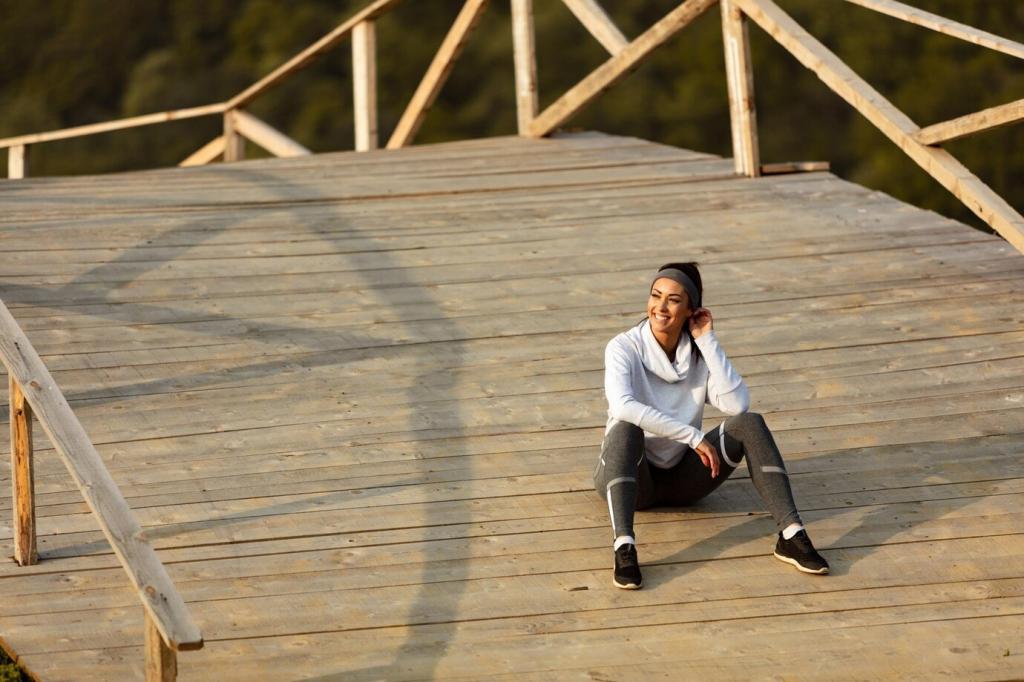
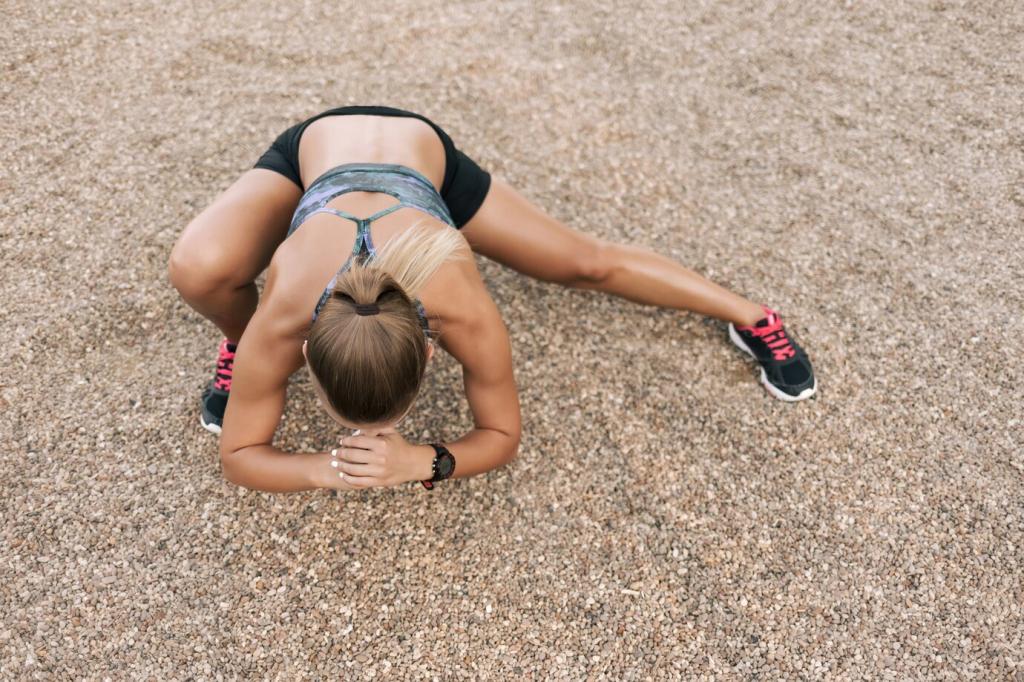
Measuring Impact and Iterating Smartly
Use heart-rate variability, breath cadence, or muscle tension to verify calm control. Pair numbers with notes to avoid overfocusing on data. Tell us one biometric you’ll watch during next week’s rehearsals.
